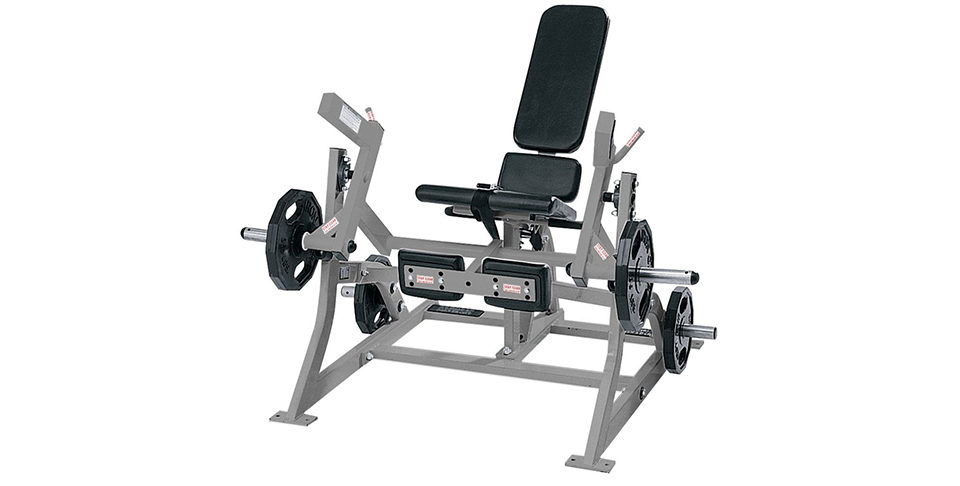
Unlocking Strength: A Comprehensive Guide to Increasing Power and Performance
Strength is the foundation of athleticism, enabling individuals to perform everyday tasks with ease and excel in various sports and physical activities. Whether you’re a seasoned lifter or just starting your strength journey, understanding the key principles and strategies for increasing strength is essential. In this article, we’ll explore proven methods such as weight training, compound movements, low-rep ranges, and other techniques to help you unlock your full strength potential and achieve your fitness goals.
1. Embrace Weight Training:
Weight training forms the cornerstone of any strength-building program. By lifting weights, you create a stimulus that signals your muscles to adapt and grow stronger. Focus on compound exercises that target multiple muscle groups simultaneously, such as squats, deadlifts, bench presses, overhead presses, rows, and pull-ups. These movements allow you to lift heavier weights and recruit a greater number of muscle fibers, leading to more significant strength gains. Incorporate both free weights and machines into your routine to target different muscle groups and movement patterns effectively.
2. Prioritize Compound Movements:
Compound movements are highly efficient for increasing strength as they engage multiple joints and muscle groups in each repetition. These exercises require coordination, stability, and core strength, making them essential for building functional strength that translates to real-world activities. Compound movements also stimulate the release of growth hormone and testosterone, hormones that play key roles in muscle growth and strength development. Make compound exercises the foundation of your strength training program and focus on progressively overloading these movements over time to continue challenging your muscles and driving adaptation.
3. Utilize Low-Rep Ranges:
Low-repetition ranges, typically in the range of 1-6 repetitions per set, are effective for building maximal strength. When lifting heavy weights for low reps, your muscles recruit the highest threshold motor units, which are responsible for generating maximum force. This type of training stimulates neural adaptations, including improved motor unit recruitment, synchronization, and rate coding, leading to greater strength gains over time. Incorporate low-rep sets into your workouts for compound exercises like squats, deadlifts, and bench presses, gradually increasing the weight as you progress.
4. Implement Progressive Overload:
Progressive overload is the fundamental principle behind strength training, involving systematically increasing the intensity, volume, or resistance of your workouts over time to continually challenge your muscles. This can be achieved by increasing the weight you lift, adding repetitions or sets, or reducing rest periods between sets. Keep a training log to track your progress and ensure you’re consistently pushing yourself beyond your comfort zone. By progressively overloading your muscles, you create a constant stimulus for adaptation, leading to continuous gains in strength and performance.
5. Incorporate Periodization:
Periodization involves dividing your training program into distinct phases or cycles, each with specific goals and training parameters. By varying the intensity, volume, and exercise selection throughout the training cycle, you can optimize strength gains while minimizing the risk of overtraining and plateaus. Common periodization models include linear periodization, where intensity gradually increases over time, and undulating periodization, which involves alternating between high and low-intensity phases within each training week. Experiment with different periodization strategies to find the approach that works best for your individual goals and preferences.
Conclusion:
Increasing strength is a multifaceted process that requires a combination of structured training, proper technique, and consistency. By embracing weight training, prioritizing compound movements, utilizing low-rep ranges, implementing progressive overload, and incorporating periodization into your program, you can maximize your strength gains and achieve new levels of power and performance. Stay committed to your training regimen, listen to your body, and celebrate your progress along the way. With dedication and perseverance, you’ll unlock your full strength potential and reach your fitness goals.








